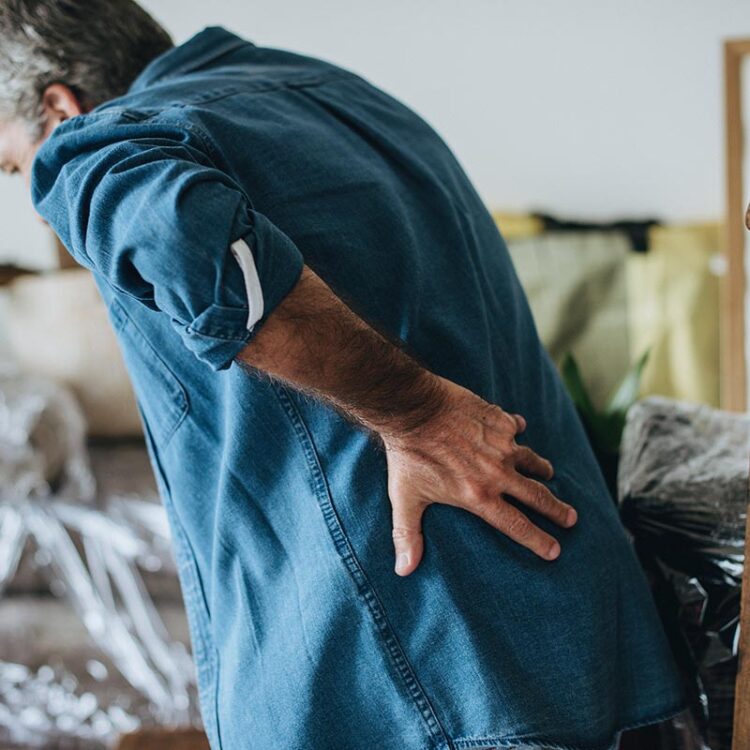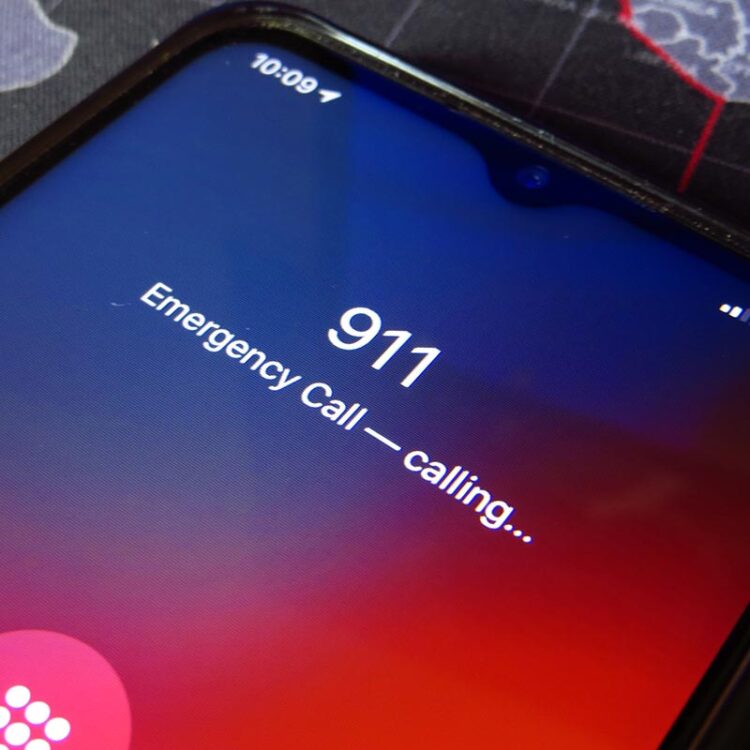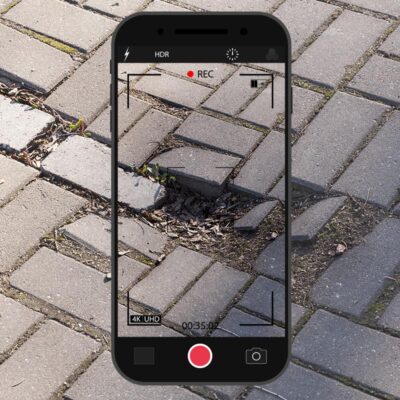
Slip and fall accidents can happen in the blink of an eye. Whether it’s a wet floor at a grocery store or an icy sidewalk outside a business, these incidents can lead to serious injuries and long-term consequences. Knowing what steps to take immediately after a slip and fall accident is crucial for protecting your health, preserving evidence, and building a strong case if you decide to pursue legal action. Here’s a step-by-step guide to follow:
1. Prioritize Your Health and Safety
Your well-being is the most important consideration after a fall. If you’re injured, try not to move too quickly and assess the extent of your injuries. Seek medical attention immediately if you experience severe pain, bleeding, or an inability to move.
- Call 911 for emergency assistance if necessary.
- If you feel you can move safely, get to a comfortable position to prevent further injury.
- Even if your injuries seem minor, visit a doctor as soon as possible. Some injuries, such as concussions or soft tissue damage, may not show symptoms right away.

2. Report the Incident
Notify the property owner, manager, or responsible party about your accident as soon as possible. This step is essential for creating an official record of the incident.
- If the accident occurred at a business, ask to speak with a manager or supervisor.
- Request that the incident be documented in a formal accident report.
- Obtain a copy of the report for your records.
3. Gather Evidence at the Scene
Evidence is critical for proving liability in a slip and fall case. If you’re able, take the following steps to document the scene:
- Photograph the Area: Take clear pictures of the hazard that caused your fall (e.g., wet floor, uneven pavement, spilled liquid). Include photos of the surrounding environment and any warning signs (or lack thereof).
- Record Your Injuries: Take pictures of any visible injuries, such as bruises, cuts, or swelling.
- Note Witnesses: Collect names and contact information of anyone who saw the accident.
Write Down Details: Record the date, time, location, and circumstances of the accident while it’s still fresh in your memory.
4. Avoid Making Statements
Be cautious about what you say after the accident. While it’s important to report the incident, avoid admitting fault or making statements that could be used against you later. For example:
- Do not apologize or say things like, “I wasn’t paying attention.”
- Stick to factual descriptions of what happened without speculating on blame.
- Refrain from discussing the incident on social media.
5. Keep Records of All Expenses
In the days and weeks following your accident, keep detailed records of any expenses related to the incident. This includes:
- Medical bills and prescriptions
- Lost wages if you’re unable to work
- Transportation costs for medical appointments
- Any other out-of-pocket expenses
These records can help calculate the total damages in your case.
6. Contact a Personal Injury Lawyer
Navigating the legal process after a slip and fall accident can be overwhelming. An experienced personal injury lawyer can guide you through the process and help you build a strong case.
- A lawyer can evaluate your case to determine if you have grounds for a claim.
- They will handle communication with insurance companies and opposing parties.
- Your attorney can gather additional evidence, such as surveillance footage or maintenance records.
Most personal injury lawyers offer free consultations and work on a contingency basis, meaning you won’t pay unless they win your case.

